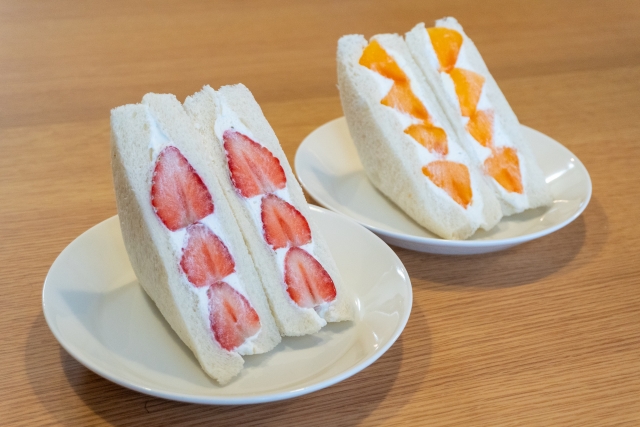A few years ago, a friend of mine asked me if I could bring them back a sort of Kit Kat that they had enjoyed so much during their trip to Japan. I had a look in several stores, and after further research, had to announce to them that I could not buy the requested cookies in time. “It was a limited edition,” I explained.
“A what?!”
“It seems it was something they sell only during summer.”
If you are interested in Japanese culture and food, you probably already know that the Japanese enjoy witnessing the passing of seasons more than anything. Hanami celebrations and their autumnal counterpart of koyo are two leading examples. Coincidentally, the Japanese enjoy eating seasonal food. That means the fruits and vegetables of the season, seasonal fish or seafood, and seasonal dishes (let us say hot pot in winter and somen noodles in summer).
Big brands and convenience stores take advantage of this love for everything seasonal to release some unique products available only for a few months. Usually, you can recognize them because of the words “季節限定 (kisetsu gentei),” which can be translated as “limited seasonal product.” The popular ones make their comeback every year, while others disappear forever in the limbo of unsuccessful products. At first, I perceived them mostly as being clever marketing tricks. Still, with time, I have learned to enjoy them fully, and for some, even happily anticipate them.
Here are a few examples of seasonal products that you can find in Japan:
WINTER
– In vending machines and convenience stores, the number of hot drinks you can buy is larger. You will find hot cocoa, but my favorite is any hot lemon drink, a treat that makes you feel as if you are recharging yourself with vitamin C to fight the weather. Hot yuzu and lemon also exist.
– During winter, especially around New Year, you can find mochi (rice cakes) or anko (sweet red beans) -based desserts and even ice creams. You can also find shiruko (sweet red bean soup) cans in some vending machines!
– Starting from the end of January, you will find new chocolate varieties, chocolate desserts, and offers of chocolate bundles in supermarkets. The reason is the upcoming Valentine’s Day. It is customary in Japan that women offer chocolate or chocolate-based delicacies to the men they love on February 14th. These can be handmade or bought, so you will find anything from fancy chocolates in department stores to decorative chocolate pens and colorful chocolate flakes in 100-yen shops.
SPRING
– Spring is the strawberry season in Japan, so you will find special strawberry parfaits and cakes in restaurants, strawberry cookies at supermarkets, and strawberry treats at the convenience store. My favorite is the infamous strawberry and custard cream sandwich. Some friends have denied me for loving it.
– During hanami season, the same phenomenon will happen for sakura-flavored everything—the taste of cherry blossom flowers. Café chains, in particular, will serve sakura lattes and sakura chiffon cakes or roll cakes—a typical Japanese experience not to be missed. Note that many product packaging will suddenly turn pink or have sakura petals on them, for example, beer cans (supposed to be drunk under the cherry trees).

SUMMER
– In summer, one of the significant concerns is to avoid a heat stroke, so you will find many drinks and sweets whose mission is to replenish you with minerals. Even the famous Pocky biscuits try to play a role with their salty chocolate version of the biscuit.
– Summer is the season of many fruits, which are fused into desserts and drinks (including alcoholic beverages): mango, melon, peach, natsumikan (a citrus fruit), and more.
– Of course, it is a great season to try all sorts of ice creams from convenience stores.
AUTUMN
– Similar to strawberries or sakura during spring, autumn has two main products that you will find as desserts and drinks everywhere: chestnut and kabocha (Japanese pumpkin). It is a great joy of the season we have precedingly evoked in one of our Unfiltered talks.
– Sweet potatoes. Of course, you will find them included in desserts. Still, you can buy them already roasted and ready to eat in supermarkets or even from sweet potato food trucks.
These are just a few of the seasonal products you can come across during each season of Japan. What are your favorites? Are there some you are yearning to taste? Tell us in the comments below!




